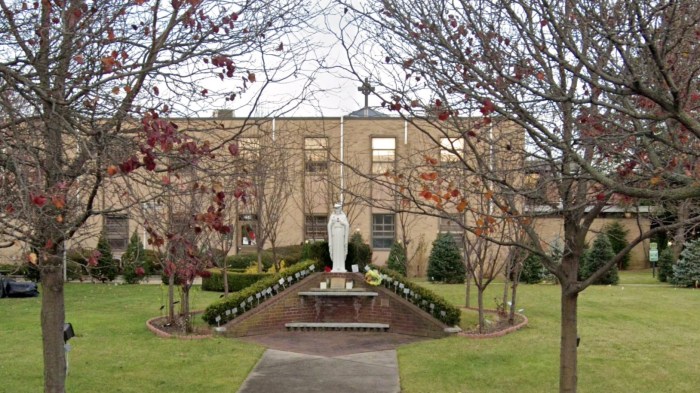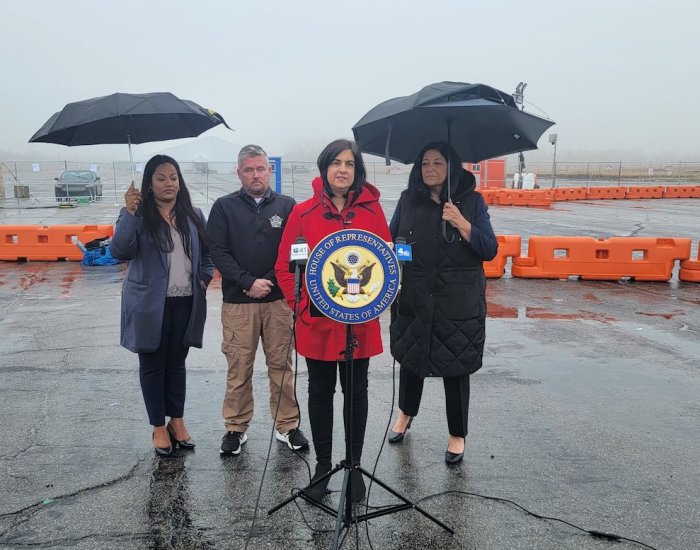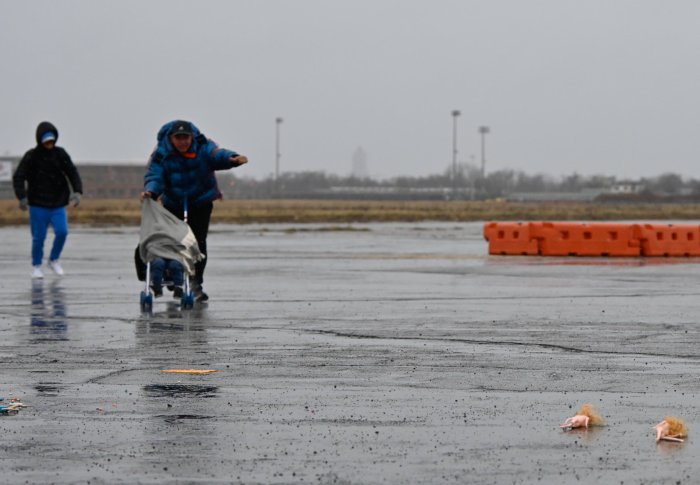These students are truly outstanding in their field.
A City University of New York summer fieldwork internship program is giving students a chance to help conserve Brooklyn’s natural beauty. The city-wide Natural Areas Conservancy, along with the Jamaica Bay-Rockaway Parks Conservancy hire summer interns from the City University colleges to conduct field research which will help maintain and restore the New York City’s 50 designated natural areas.
The interns must brave the searing summer heat, mosquitoes, and poison ivy to collect their data, but the work allows them to see a whole new side of the city, according to a grad student and longtime participant in the program.
“It’s so cool to see what’s behind what looks like a normal city street, and sometimes you’ll turn a corner and you’ll just be walking down a paved street and you’ll turn into a park and you’ll be in dense woods or brushy areas or in the grasslands,” said Renee Montelbano, who coordinates two teams of students in the Jamaica Bay area.
The program runs through July and August and focuses on giving life-sciences students from all City University colleges a chance to gain hands-on experience working in the field within the city limits, according to one of the conservancy’s directors.
“We feel very strongly about providing training for students within New York City so they can get field-research experience within the boundaries of the city, so they don’t have to leave to go to the Catskills or somewhere else,” said Hunter Armstrong, director of strategic initiatives for the Natural Areas Conservancy.
The data that the students gather will help the conservancy restore the natural landscapes that are threatened by invasive species. The conservancy started in 2012 and was involved in rebuilding some of the natural landscapes ravaged by superstorm Sandy, according to Armstrong.
“Right after superstorm Sandy, we were very involved in growing native grasses that were used to rebuild sand dunes that were destroyed in the storm,” he said.
Preserving these coastal areas and wetlands can act as a buffer from similar natural disasters, and allow for quicker regeneration, he added.
“It’s a buffer where natural landscapes are designed to absorb water and bounce back a little bit more quickly,” he said.
Some students have been returning to the program each year since it launched in 2016 because of the unique experience of getting so close to nature in such an urban area.
“I’m from Bensonhurst and I hadn’t experienced parks in this way, except through this internship, and that’s the reason I’ve come back for so many years,” said Montelbano.
The internship convinced her to go into a career of ecological field research, she said.
“Growing up, I think I always had some desire to work in this type of field, but it’s hard to connect with things if you’re not seeing them and interacting with them,” she said.
Her favorite natural area in the city is Marine Park because of its diverse landscape and accessibility to the local community.
“The park was once a landfill, and it’s become this really nice recreational space that’s still super natural and inviting and the public,” she said. “I think these are the types of parks that communities need, the ones that connect us to nature instead of separating us from it.”
Montelbano said that getting out to places like Marine Park is invaluable for young researchers.
“In Marine Park, on the salt marsh trail ,you can go out and look at the osprey nest and watch the young birds hatch and fledge through the course of the summer. You don’t get to connect with nature much more than that in the city,” she said.






















